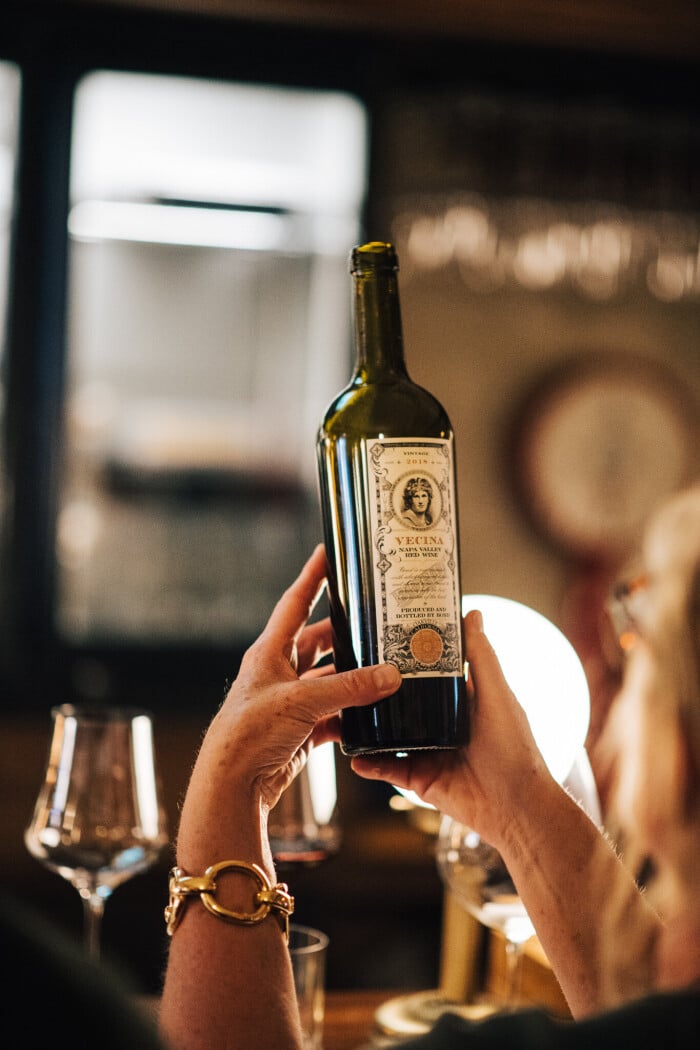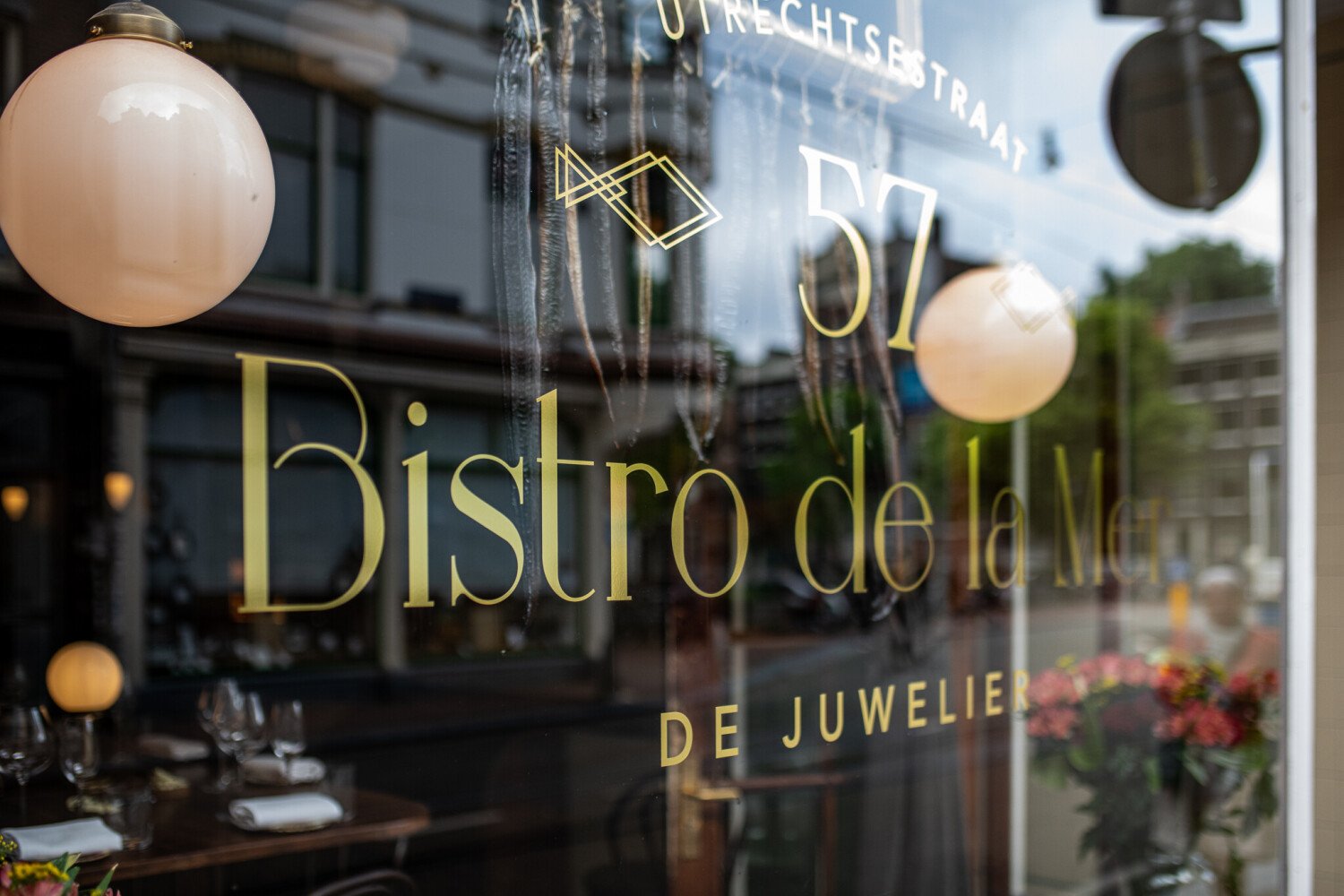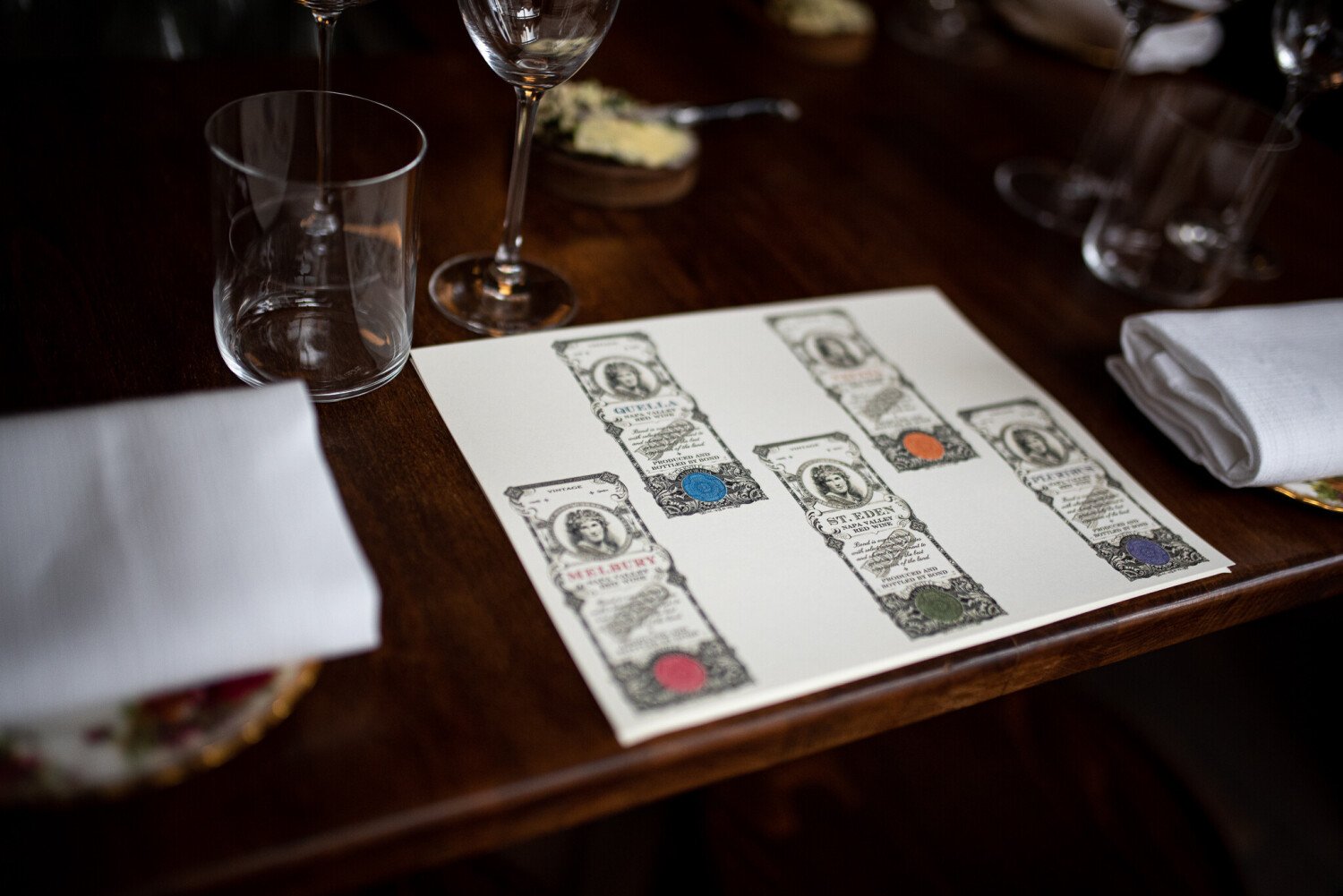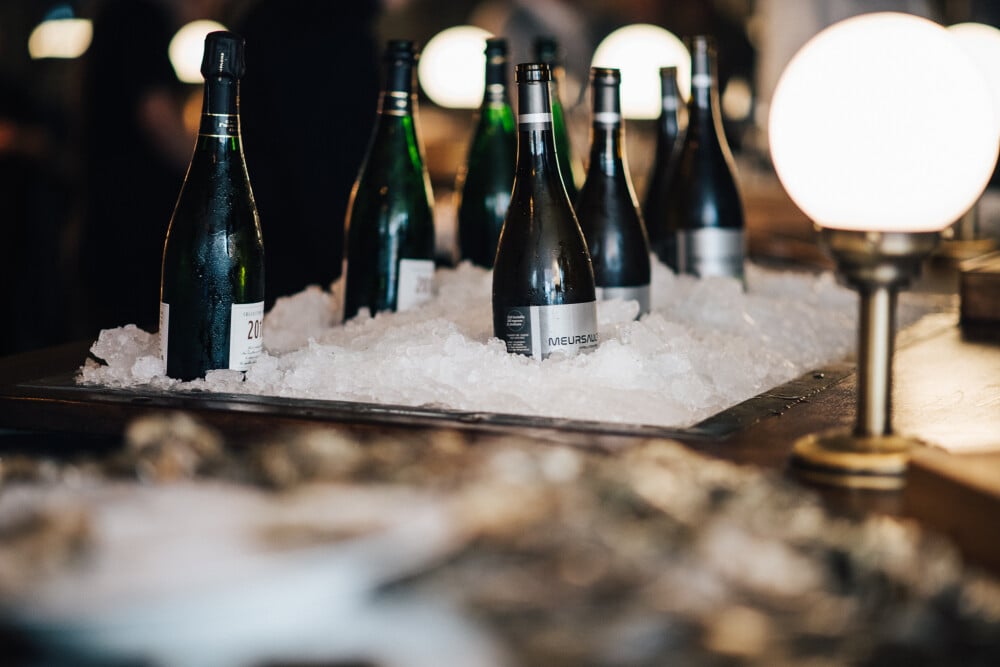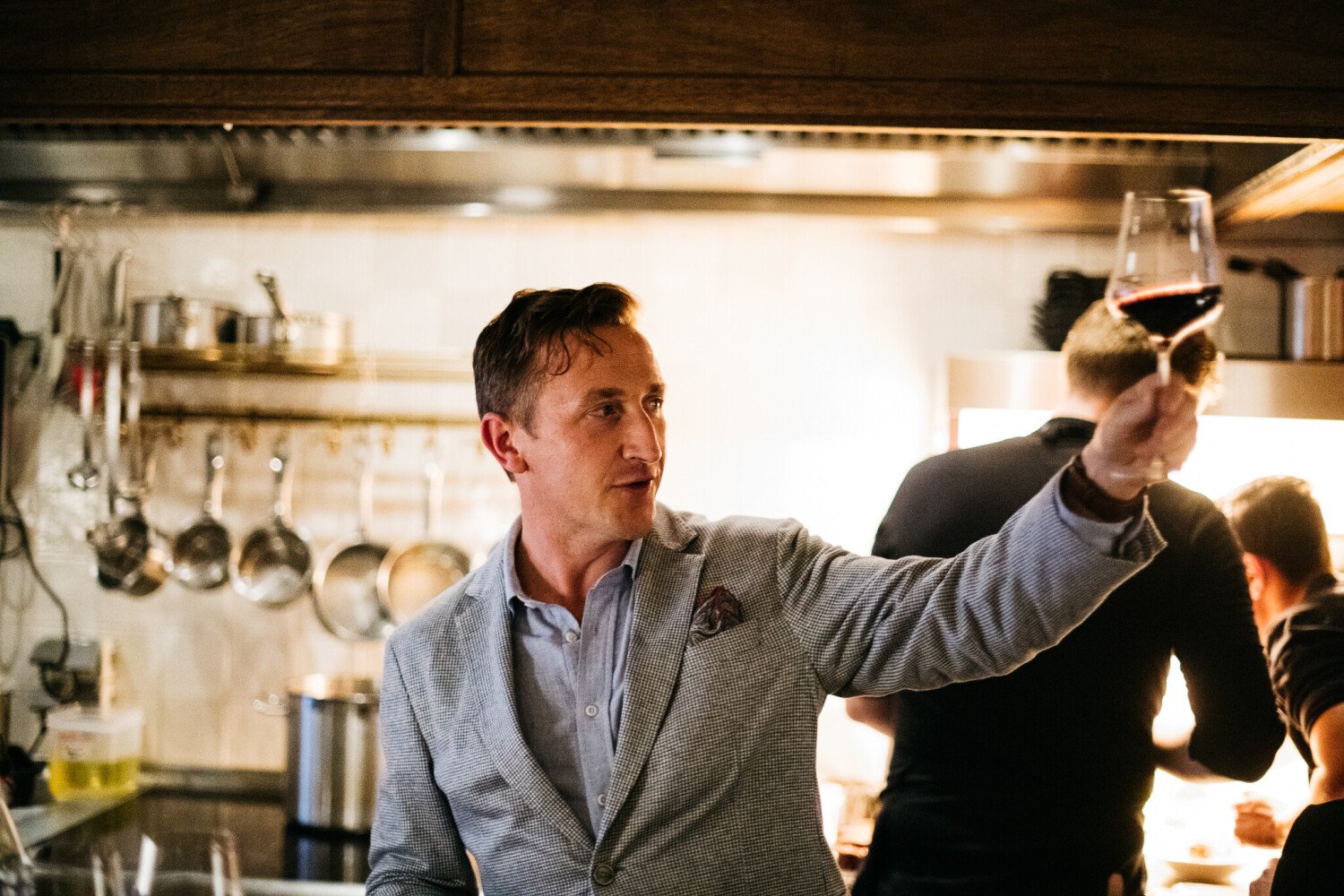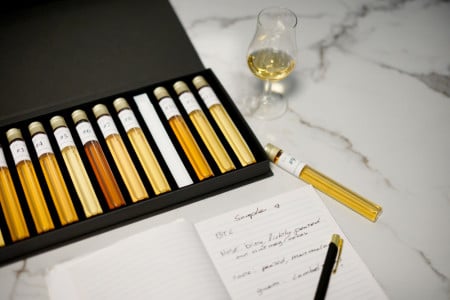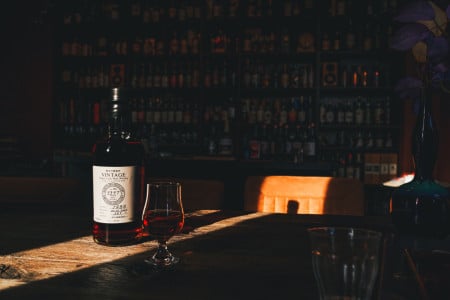Last month, winery BOND from Napa Valley came to the Netherlands, where a dinner and wine tasting were arranged. The winery organizes these kinds of tastings every so often on location with its importers. The event was actually planned two years ago, but it couldn't take place at the time, for obvious reasons. Fortunately, the event got a green light to finally kick off on Thursday 19 May! Maximilian Kast, the Estate Director of BOND, flew in from sunny California to give us an unforgettable evening at Bistro de la Mer in Amsterdam. The tasting revolved around the new vintage: the excellent year 2018. In this blog, we will take you along on this fantastic tasting and tell you everything you want to know about this unique winery.
First, some history
BOND was founded by H. William Harlan and is based in Oakville, in the middle of Napa Valley. Actually, BOND is not Mr Harlan's first winery. In 1986, he founded the Merryvale winery together with his business partner and not much later he also started a winery under his own name: Harlan Estate. After about 10 years, it was decided to sell off Merryvale and this was the exact moment that the idea for a new winery arose: BOND. The goal was to produce Cabernet Sauvignon wines that best express the versatile terroir of the Napa Valley. Production is limited to just 450-600 cases per cuvée. This amounts to an average of about 6,000 bottles of each wine, of which 85% remains within the borders. This makes the wines very scarce elsewhere in the world. A fact we were very aware of this during this tasting.
BOND’s five wines
At BOND, the quality wines are called grand crus, which is based on the French Cru classification. The portfolio includes five grand cru wines, all of which are 100% Cabernet Sauvignon. The only difference is the origin of the grapes. Over the years, BOND has worked with as many as 80 different vineyards. Max: “It took us a quarter of a century to find the best vineyards in the Napa Valley”. Eventually, five locations were carefully selected, and we now only use the best plots. Below, you will find a brief summary of the vineyards and their characteristics.


